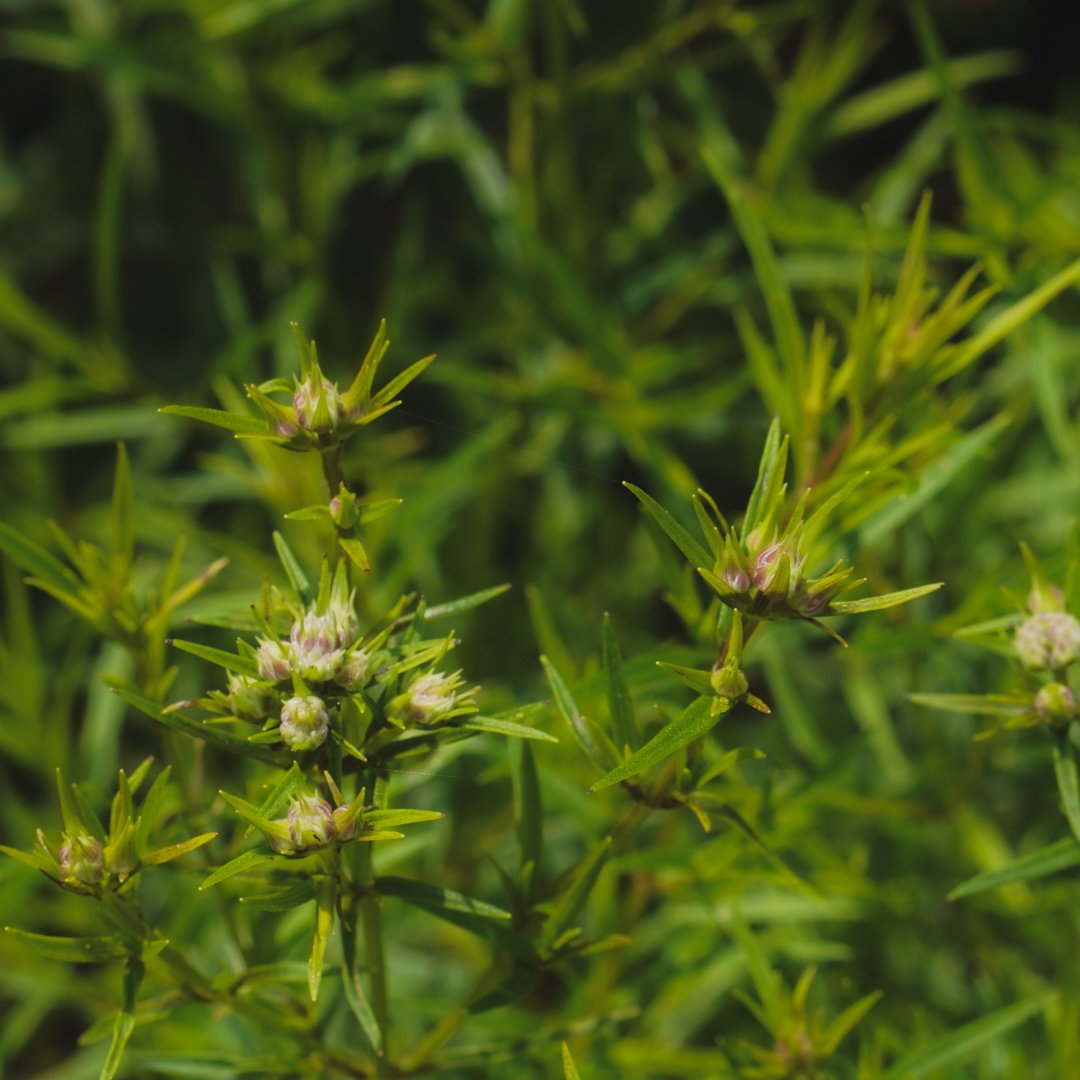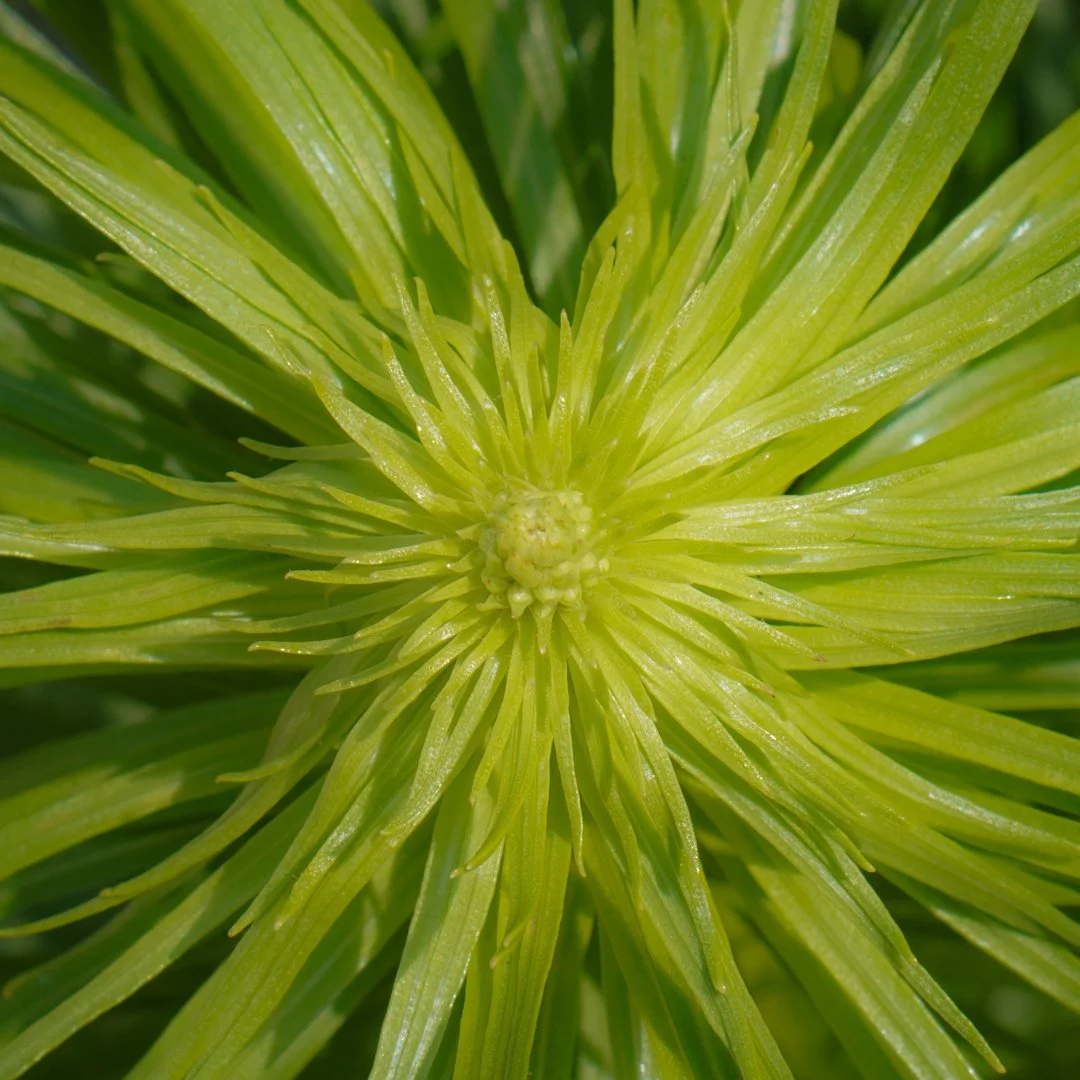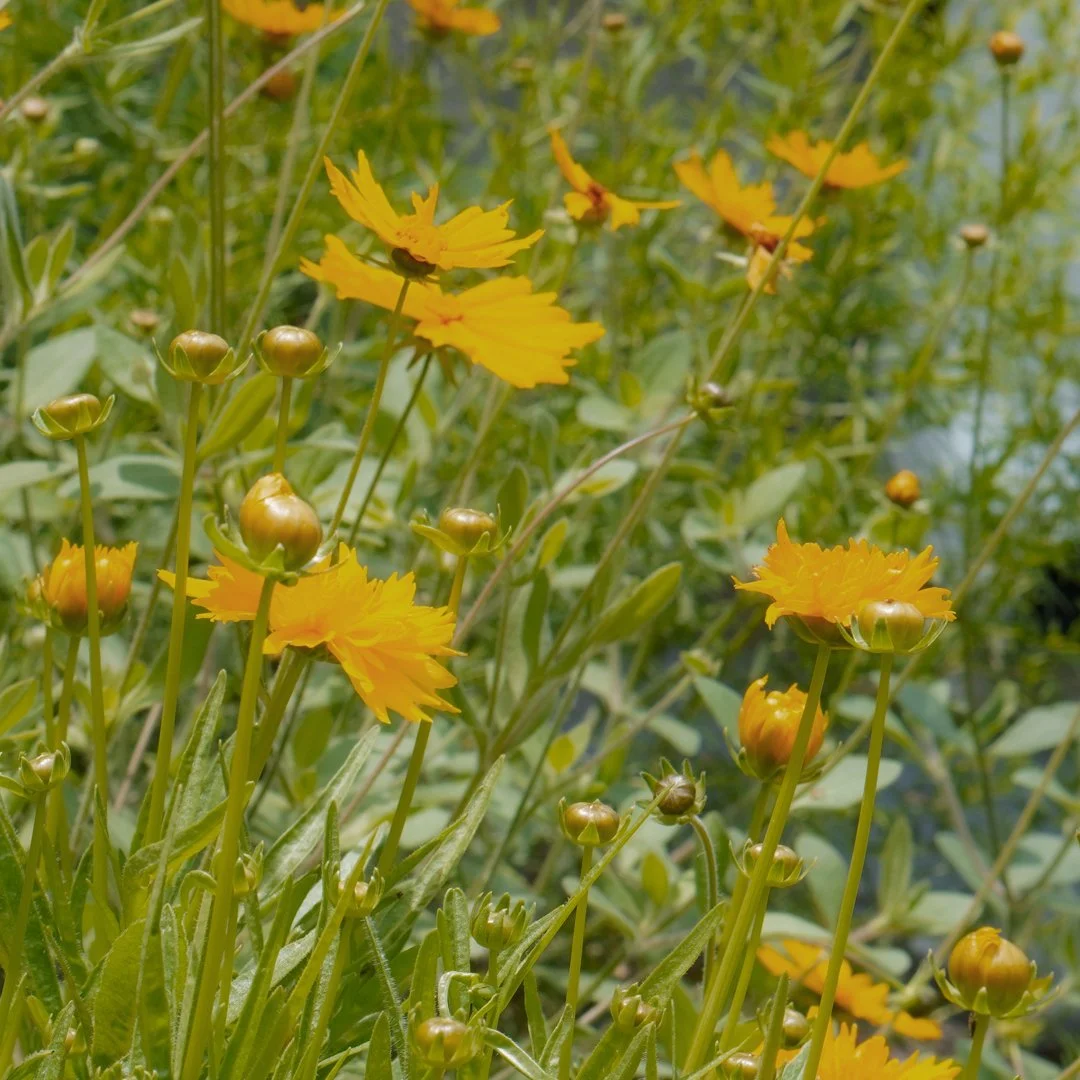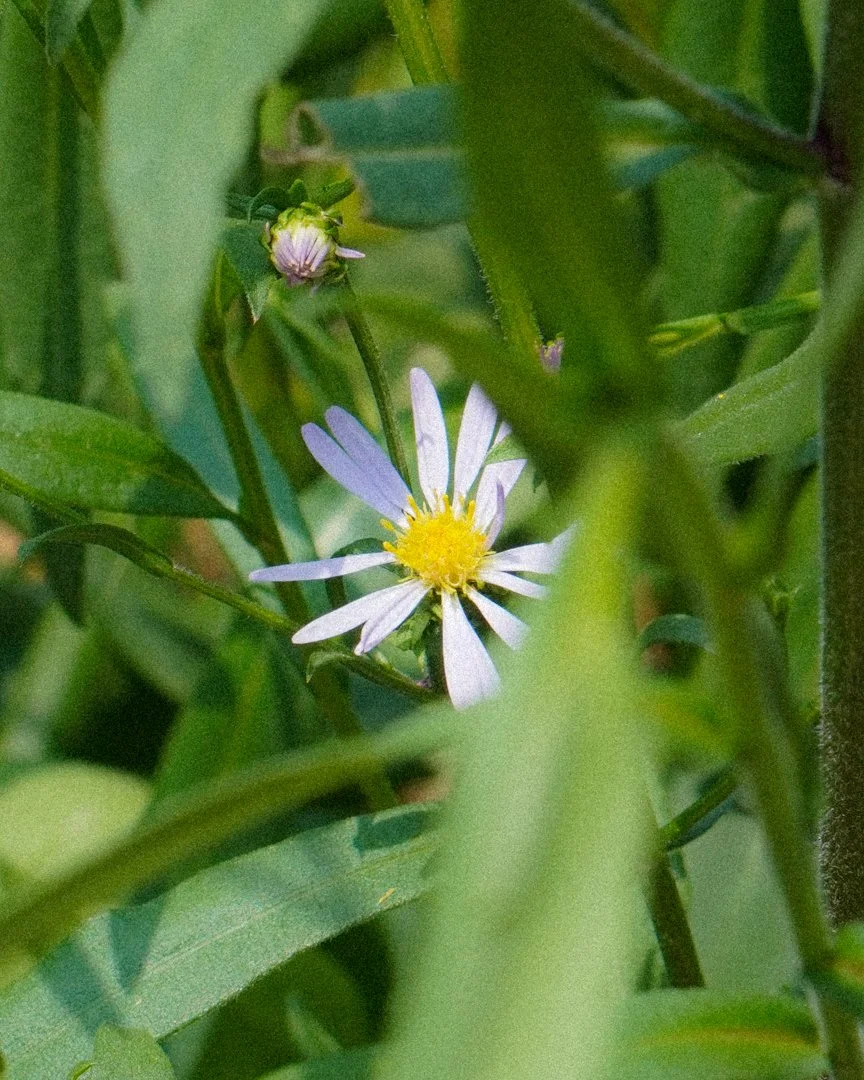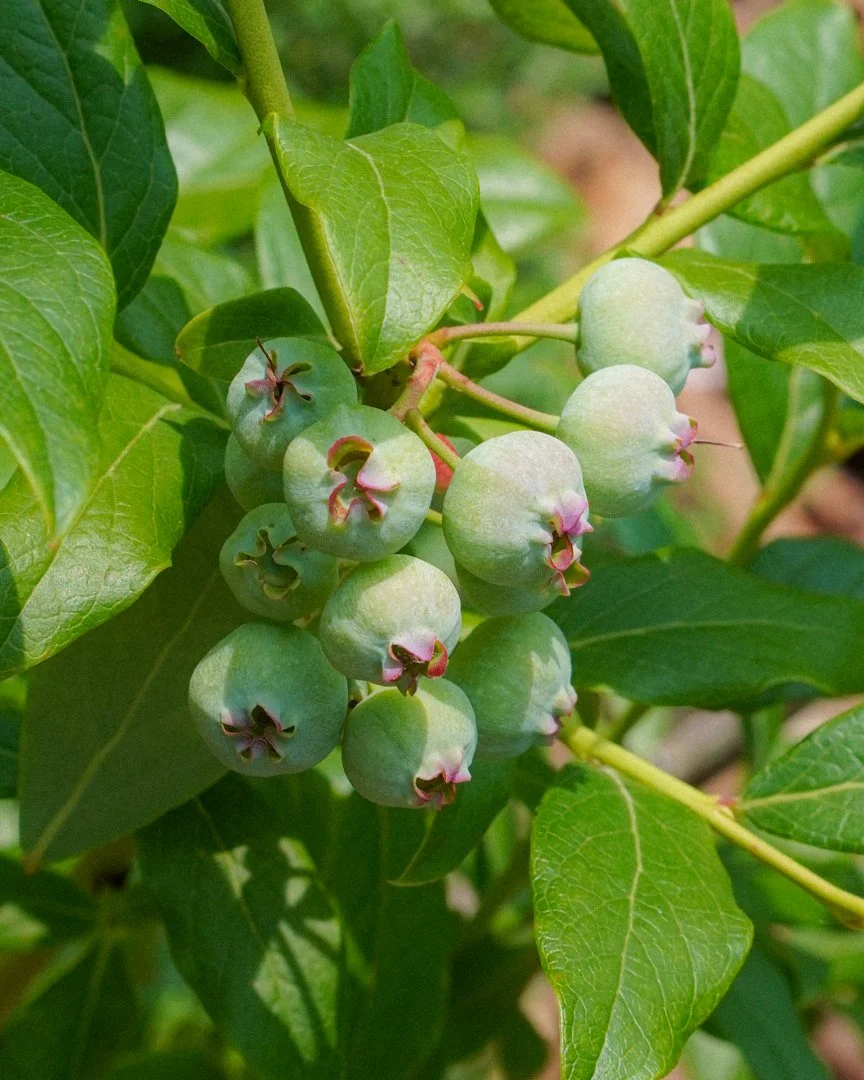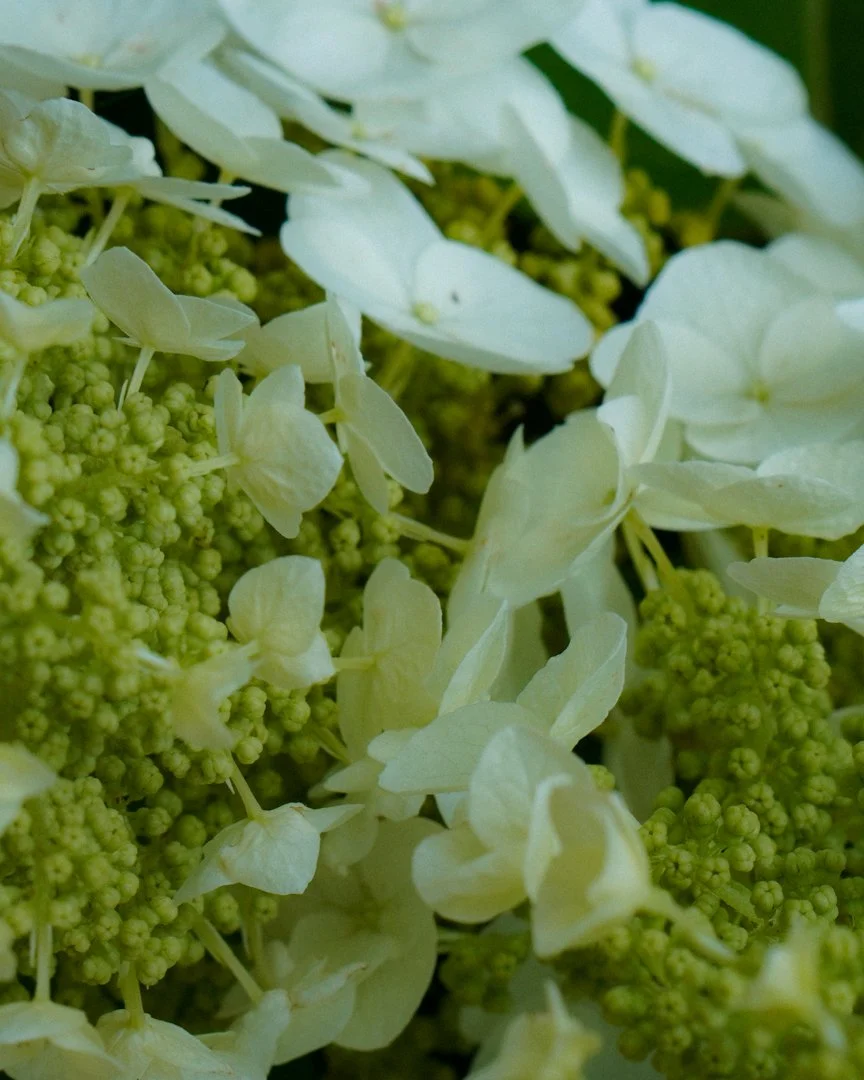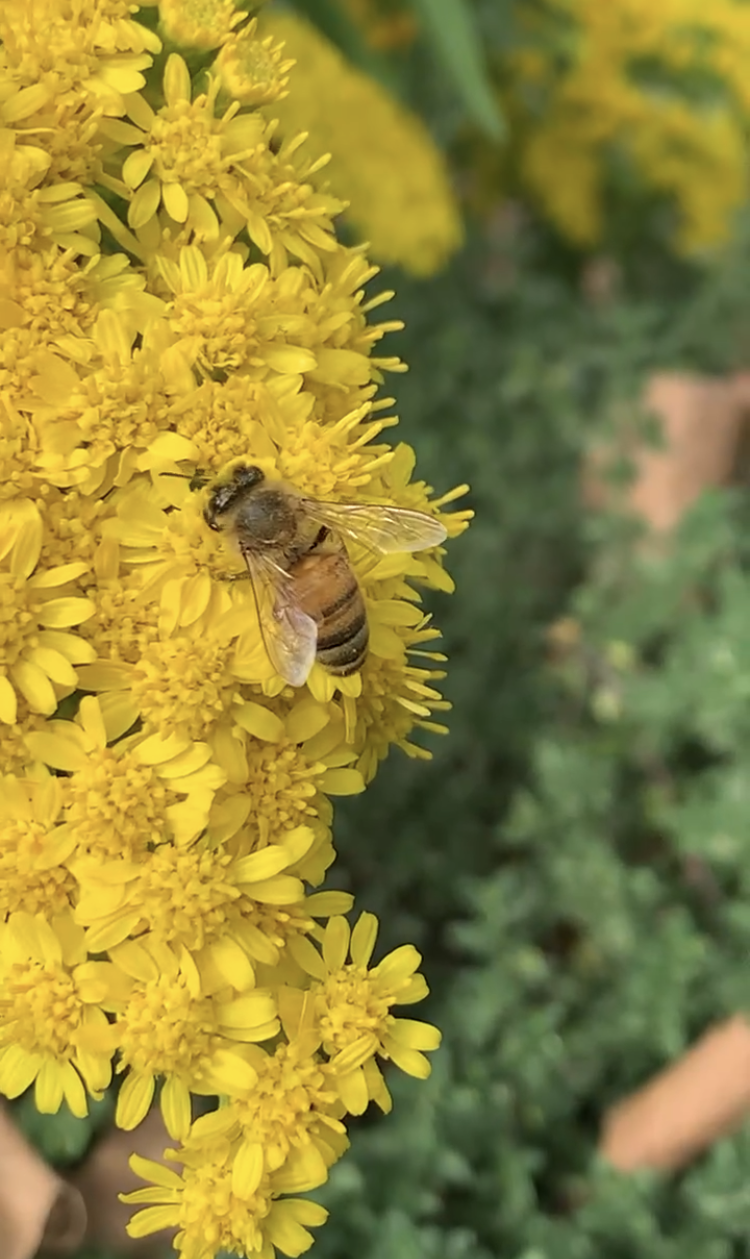Why I Mulch Leaves in Place (And What It’s Doing for My Soil)
Every fall, I roll out my trusty mower and crunch last season’s leaf drop straight into the lawn and garden beds. Not because I don’t want to rake (though, sure, that too), but because this habit is doing some heavy lifting for my soil health and, in turn, the whole ecosystem of my yard.
The Value of Noticing the Small Details
It starts with a the way new leaves shimmer in the wind. A bug you've never seen before, or the way a single flower bud twists just slightly toward the sun.
Small details are where the story of a garden unfolds. The tiny dramas and quiet victories. They’re easy to miss. But for me, gardening has become a practice of slowing down and paying attention to these ephemera. It’s where the habit of observation meets the heart of design.
Why the Small Stuff Matters
Every big shift in the garden starts with something small. A seed cracking open. A caterpillar chewing its first leaf. Even problems—like nutrient deficiency or a pest imbalance—begin subtly, and only reveal themselves to those watching closely. These signs give me early clues about how things are doing, and often steer the next steps I take.
Noticing the details isn’t just about problem-solving—it’s also about awe. There’s magic in discovering that a native bee prefers one flower over another, or the way some plants explode with new growth after a summer rain. This kind of noticing builds intimacy with the land. It shifts gardening from a task into a relationship.
How Noticing Shapes Design
When I walk through my garden and really look, I begin to understand what belongs where. Which plants lean into the wind, which ones thrive in the soggy corner, and which combinations unexpectedly become iridescent in the afternoon light. These observations feed into every design decision I make—for myself and for others.
Good design isn’t just about color palettes and bloom time. It’s about respect. When I notice how each element functions in its place, I get better at making choices that support not just aesthetics, but ecology. Noticing is the first step toward stewardship.
Try This: Take ten minutes today to walk through your outdoor space. Don’t fix anything. Just look. What do you notice?
Related Posts:
Why I Mulch Leaves in Place (And What It’s Doing for My Soil)
The Role of Cues to Care in Native Garden Design


